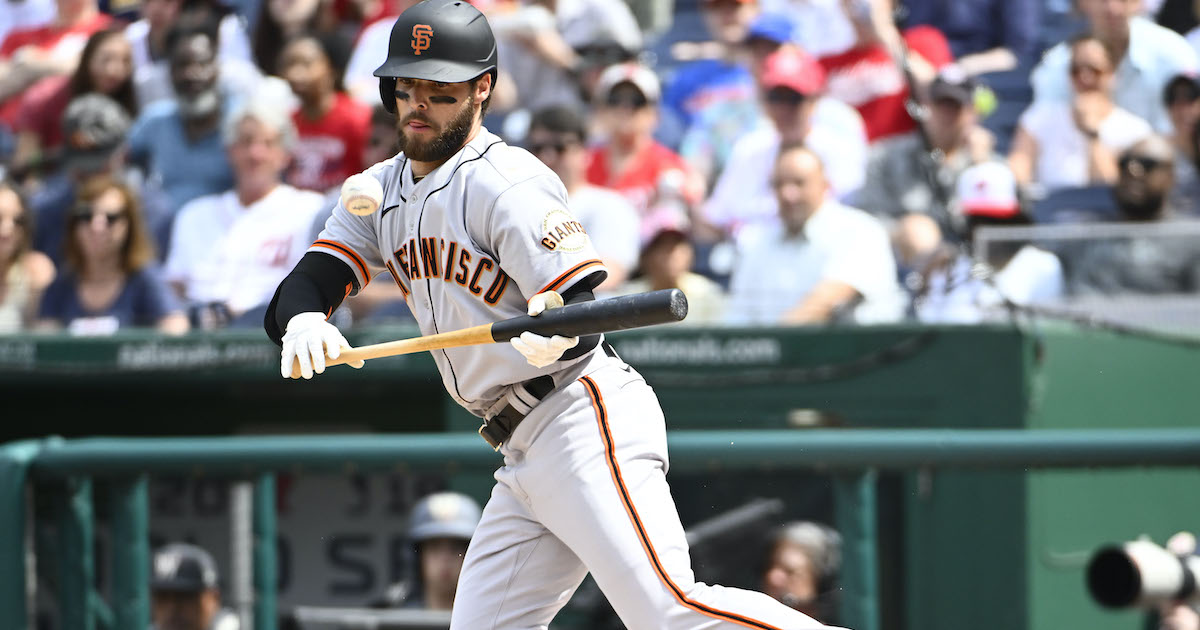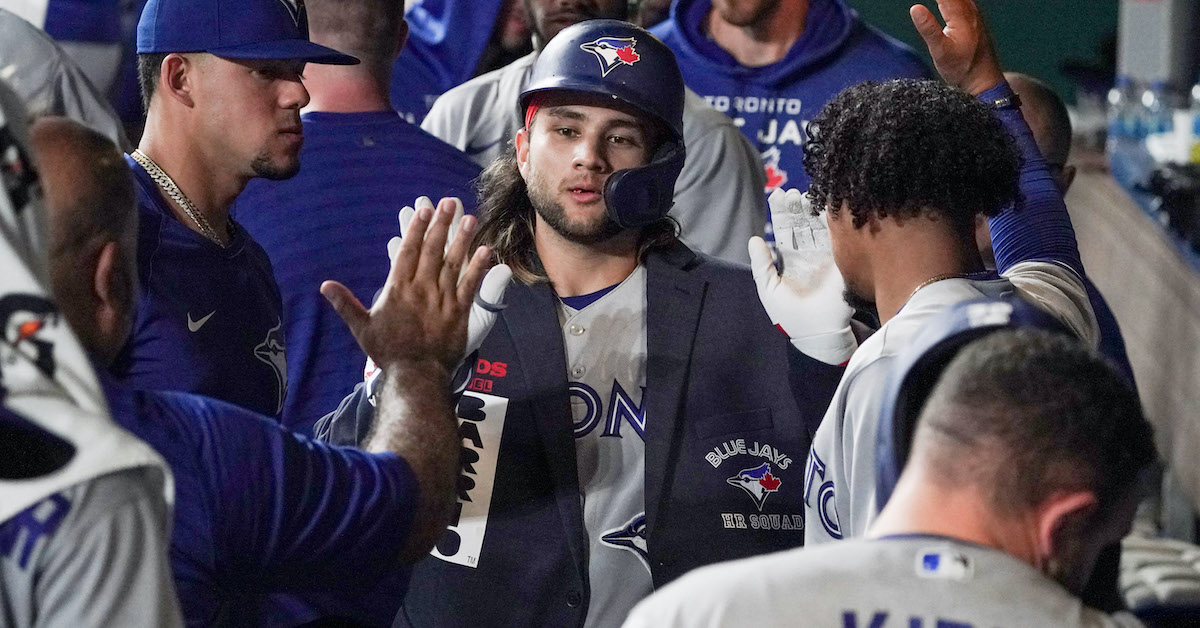Struggling to Fill Buster Posey’s Shoes, Joey Bart Is Sent Down

Since the day he was selected with the second pick of the 2018 draft out of Georgia Tech, Joey Bart was considered the heir apparent to Buster Posey. His progress to the majors was closely tracked, and when Posey opted out of playing during the pandemic-shortened 2020 season for family reasons, Bart arrived in the majors ahead of schedule. When Posey retired suddenly last fall after a stellar age-34 season, all eyes turned to Bart as well. His major league career thus far hasn’t gone as hoped, however, and on Wednesday the Giants optioned the struggling backstop to Triple-A Sacramento.
With Posey putting together an All-Star season as he helped the Giants to a franchise record 107 wins, Bart was left with some oversized shoes to fill, but he began the season with great fanfare, homering on Opening Day off the Marlins’ Sandy Alcantara. Alas, the 25-year-old backstop has hit a meager .156/.296/.300 with four homers in 108 plate appearances overall. He started 21 of the team’s first 34 games, capped by a ninth-inning homer off Albert Pujols (!) on May 15, but after that, he started just eight of 20 games, going 2-for-25 with 15 strikeouts.
Particularly with the team going 9–11 in that span, and 3–5 in the games Bart started, the Giants felt some adjustments were in order, and that they would best be made in the minors. Via The Athletic’s Andrew Baggarly, president of baseball operations Farhan Zaidi said, “Our sense was it was weighing a little more on Joey. It’s one thing to be struggling and still feel like the team is firing on all cylinders. That allows you to be in a better mindset. But when it starts weighing a little more, an intervention makes sense.”
Via the San Francisco Chronicle’s Susan Slusser, Zaidi said, “We still think Joey is an everyday catcher… In the broader scheme of things, we thought it made sense to get him a little bit of a reset. We’re very open to the notion that at-bats at Triple-A out of the spotlight can help get a guy on track.”
Via MLB.com’s Maria Guardado, manager Gabe Kapler reiterated the team’s commitment to Bart but said, “The number one message is that he has some adjustments that he needs to make.” More:
Kapler said the Giants would like to see Bart even out his shoulders and hips, as well as have more of a gather on his front side to help him cut down on some of the swing-and-miss in his game and tap into more of his right-handed power. The first order of action, though, will be to give Bart a bit of a breather following one of the more challenging stretches of his young career.
As for that swing-and-miss, while Bart’s overall 81 wRC+ is nothing to write home about, it’s only three points below the major league average for all catchers. Of much greater concern is his 45.4% strikeout rate, the highest of any player with at least 100 PA:
| Player | Team | PA | K% | AVG | OBP | SLG | wRC+ |
|---|---|---|---|---|---|---|---|
| Joey Bart | SFG | 108 | 45.4% | .156 | .296 | .300 | 81 |
| Brett Phillips | TBR | 120 | 42.5% | .178 | .246 | .327 | 71 |
| Franmil Reyes | CLE | 145 | 39.3% | .195 | .255 | .278 | 56 |
| Joey Gallo | NYY | 160 | 38.1% | .186 | .288 | .329 | 84 |
| Mike Zunino | TBR | 120 | 37.5% | .152 | .200 | .313 | 50 |
| Eli White | TEX | 107 | 35.5% | .196 | .271 | .278 | 64 |
| Patrick Wisdom | CHC | 213 | 35.2% | .222 | .305 | .476 | 115 |
| Luke Voit | SDP | 154 | 33.8% | .227 | .325 | .371 | 101 |
| Chris Taylor | LAD | 203 | 33.5% | .257 | .335 | .453 | 120 |
| Chad Pinder | OAK | 154 | 33.1% | .248 | .281 | .407 | 101 |
In the 74 plate appearances in which he’s reached two strikes, Bart has hit just .060/.160/.104; that’s 4-for-67 with eight walks, a homer, and a 66.1% strikeout rate. That’s not much better than what major league pitchers hit with two strikes on them in 2019 (.076/.103/.093) while striking out 67.8% of the time. Read the rest of this entry »









